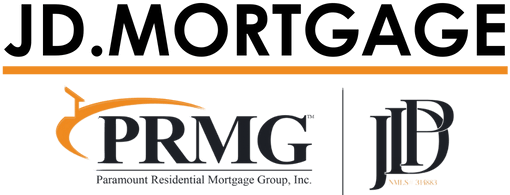The Lowdown on Reverse Mortgage Loans...

Our Reverse Mortgage Rates Are Low & Our Process is Quick & Painless
A reverse mortgage is a loan for seniors age 62 and older. HECM reverse mortgage loans are insured by the Federal Housing Administration (FHA) and allow homeowners to convert their home equity into cash with no monthly mortgage payments.
We’re here to make the reverse mortgage process a whole lot easier, with tools and expertise that will help guide you along the way, starting with our Reverse Mortgage Qualifier.
We’ll help you clearly see differences between reverse mortgage options, allowing you to choose the right one for you.
The Reverse Mortgage Process
Here’s how our reverse mortgage process works:
- Complete our simple Reverse Mortgage Qualifier
- Receive options based on your unique criteria and scenario
- Compare mortgage interest rates and terms
- Choose the offer that best fits your needs
Why a Reverse Mortgage?
A reverse mortgage pays off your existing mortgage, should you have one, by allowing you access to the home equity you’ve worked so hard to build. Any money left after paying off your existing mortgage is available to use as you see fit.
- Full or Partial Lump Sum
- Line of Credit
- Monthly Payments
- Combination of Any of These
You have the option to change your disbursement method at any time.

